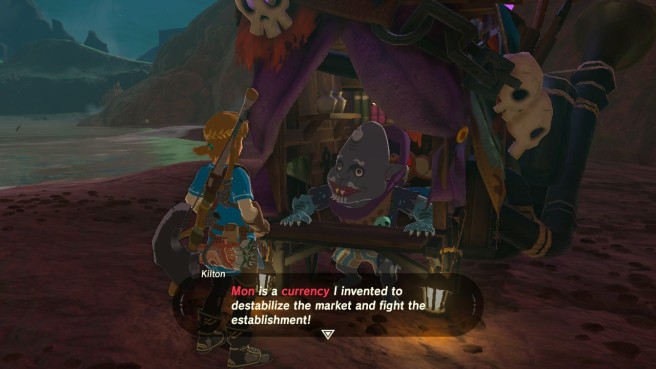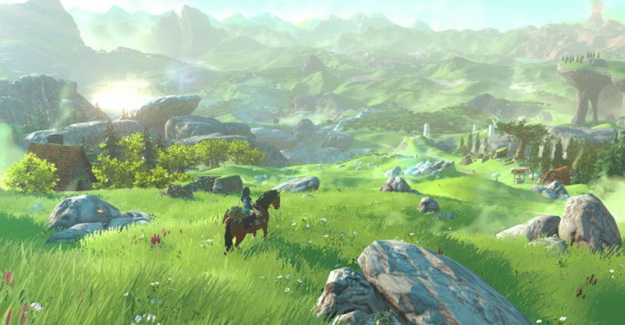_tldr; in the new Zelda game, a new generation of gamers will be immersed in an immense parable of sustainability._
It is hard to overstate the critical acclaim of the new Zelda game (The Legend of Zelda: Breath of the Wild). It garnered virtually unanimous perfect scores among both critics and players for its unparalleled beauty, depth, and technical merit. Having spent over 70 hours exploring and wandering its stunning and almost interminable landscape, I have no doubt that this a seminal proof of what current hardware, software, and design is capable of. As Zelda is designed to be compelling for both kids and grownups, Breath of the Wild (abbv. BotW) will be the first introduction to the immersive open-world genre for many young gamers. Through the masterful technical direction, design, and production of BotW, one could handily write a hundred thesis papers in disparate fields, but today I’d like to briefly highlight how certain elements make this breathtaking game a worthy parable of sustainability for the next digital generation. To me, the lessons from the world of BotW stand adjacent to Frank Herbert’s Dune, or Ernest Callenbach’s Ecotopia — two worlds that inspire a spiritual connection between mankind’s technology and the environment.
Digitally Revering the Environment

The game begins when you awaken in an eery cave-like cryogenic chamber as Link, a young man with no memories, no purpose, and no identity. According to producer Eiji Aonuma, what’s starkly different about BotW as an addition to the franchise is the intentional addition of technology to a series that is typically “swords and magic.”
Within your first few steps the game gives you a tablet (the “Sheikah Slate”) marked with ancient runes and powered by mysterious hardware. Like yourself, the operating system is empty, clearly missing apps and functionality from a former time. It reminds me of Andy Clark, a technology philosopher who believes that our technology is an extension of mind, an expression of our personality. Using the Slate, a rune covered structure authenticates your identity, and opens up a passage to a light at the end of a cave (#plato).
Technology and the world’s established spirituality is seamlessly woven together. In an interview, art director Satoru Takizawa explains that the visual aesthetic of technology and shrines is inspired by the Jomon period of prehistoric Japan.

The seven seconds after you leave the cave is carefully choreographed cinematic moment intended to viscerally show you the beauty and immensity of the world, Hyrule. The game wrests control of the character away and you watch as Link dashes up a hill to a vista encompassing unending mountain ranges, valleys, and ruins, lit by a valiant sun.
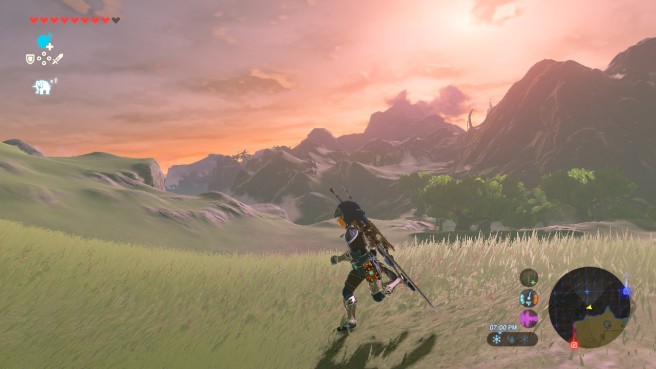
The use of light is almost impressionistic; the rendering places an immense focus on the reflection of countless individual blades of grass that part as you wade through meadows and forests. The console’s hardware is slightly bigger than a cellphone, so it’s a merit of technical direction to create such beauty with intense computational constraints.
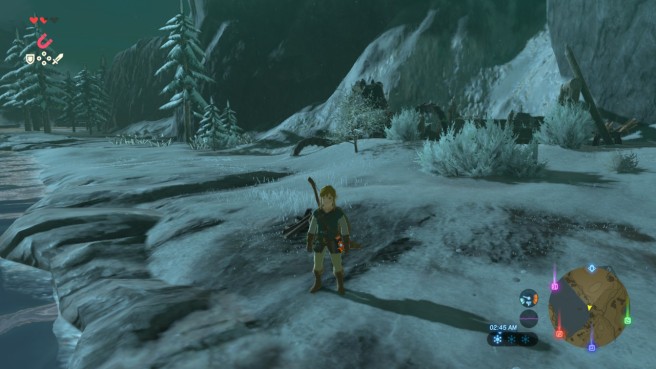
Unlike other games where weather is simply a visual aesthetic, weather severely affects gameplay. Lightning storms are dangerous and brutal to both you and enemies. Link must dress accordingly for cold mountains and scorching deserts or risk exposure to the elements. One fun part of the game that focuses on this mechanic is when it takes you to Eventide Island, where it strips you of your possessions and clothing and forces you to Robinson Crusoe your way out. In this way, it encourages a closeness and respect to weather.

Community Resiliency, Global Warming
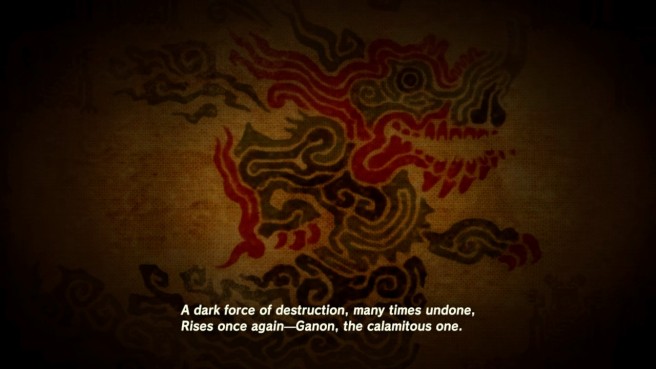
While BotW breaks free from many traditions of the franchise, the core legend stays the same. A brave hero Link endeavors to save a noble princess Zelda from an evil monster Ganon. In this game, Ganon is styled as Calamity Ganon who is responsible for rising floodwaters, increased volcanic activity, ravaging dust storms and various other effects of climate change.
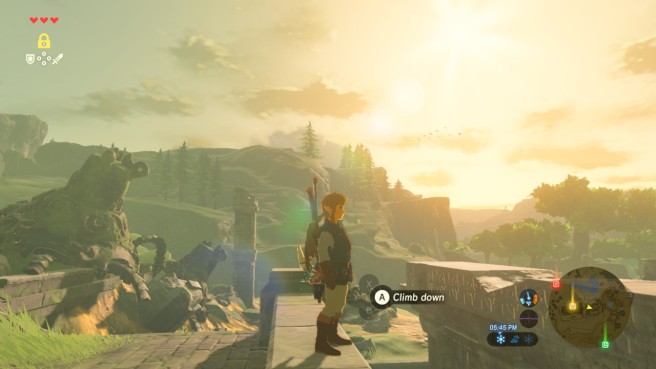
The MIT Press Essential Knowledge Series is one of my favorite resources for getting my feet wet on an academic topic. In Sustainability by Professor Kent E. Portney, Resiliency is defined as the following:
A multi-dimensional concept describing the ability of people or communities of people to resist or adapt to stresses and usually used to define a path that allows communities to return to normal quickly after natural disasters, including major storms and environmental catastrophes.
This concept of community resiliency is quite apparent throughout the series. The game has you visit four different communities that are uniquely struggling with a changing environment brought upon by irresponsible technology gone haywire. One example that illustrates this is the role of the Zora race in Zelda’s world. The Zora are basically aquatic fish people that are responsible for maintaining a large dam that holds back a large reservoir in order to prevent large swaths of habitated areas from flooding. The erection of the dam was heavily subsidized by a central government controlled by another race as a mutually beneficial deal.
In Windfall: The Booming Business of Global Warming, journalist McKenzie Funk highlights myriad shifts in strategies by corporations and governments as they realize how interconnected biomes and regions are. It highlights how Scandinavian corporations and governments are taking advantage of salinity changes and flooding in Bangladesh to push profitable anti-flooding infrastructure projects. Actions like this exist amidst a recent 1 billion dollar payment from Norway to Brazil as a reward for slowing down deforestion. Community resilience is complex when somehow responsibility for a specific biome is shouldered among more than just one community.
Scarcity Mechanics
An innovative mechanic that makes playing BotW uniquely challenging and exciting is that every weapon you hold eventually breaks and deteriorates. Unlike other games where you pick up objects and have a magical backpack that can store endless items, you are forced to constantly scavenge for food and weapons, severely limiting your consumption. You are also prohibited from carrying too much, forcing to selectively scavenge and return resources to the environment as you acquire new ones. It has an emphasis on the abundance the world provides if you limit your consumption, constantly fulfilling your needs as they occur.
This lack of consumption encourages non-violence so you don’t spend resources while fighting. It also encourages an integration and appreciation of landscape features — boulders, crevasses, and fields of grass can provide unique advantages that preserve the consumption of your hard-earned resources.
this is just part 1!
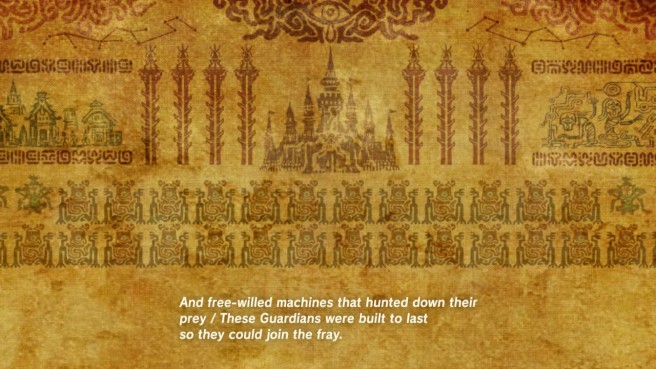
These three elements of BotW show you how important the sustainability is to the plot and mechanics of the game. However, this just the groundwork that lays a background to how the main plot of this game – the abuse of autonomous militarized weapons led to the downfall of a once powerful civilization. As a game, it blends technology. spirituality, and environment quite well, and I hope to use these themes in the next Zelda post, a discussion of Elon Musk’s fear of AI, and how Carlos Perez thinks AlphaGo is sparking a pan-Asian arms race. I may also want to use the joke in the following picture to discuss blockchain:
